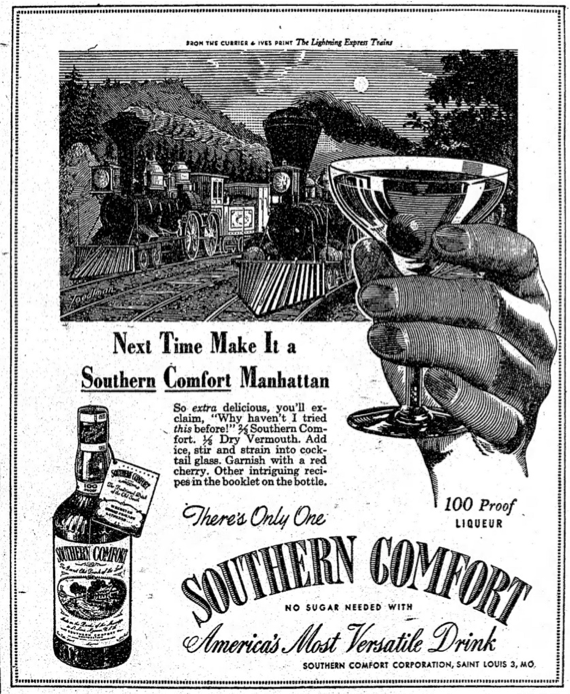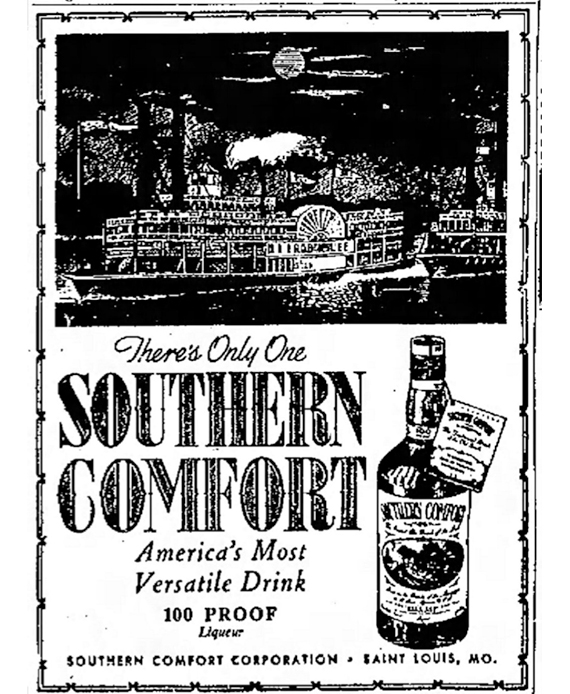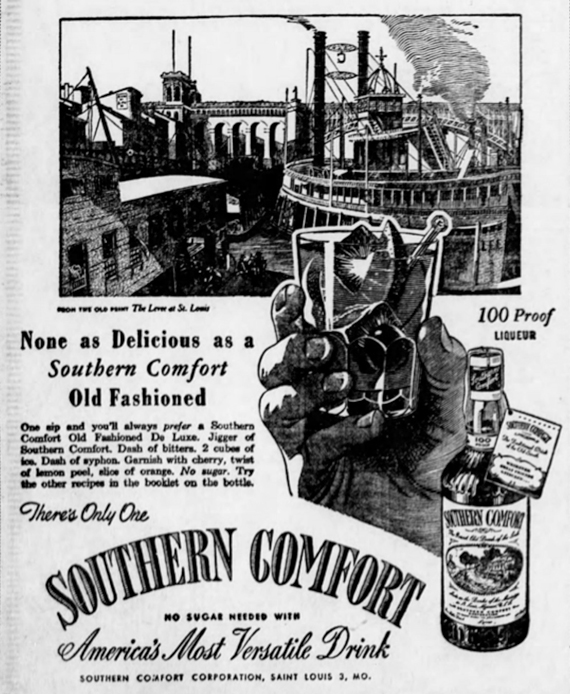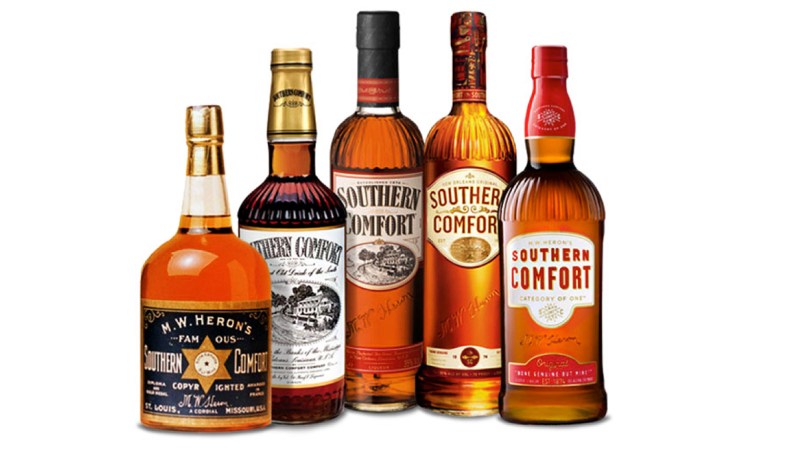
New Orleans is an amazing place. It doesn’t matter if you like food or booze or music or, really, anything — the Big Easy has it all, and we all know it.
You may not know, however, that New Orleans is the original home of Southern Comfort. Bet you didn’t know, either, that Southern Comfort was a favorite of Janis Joplin. If you want to be the life of the next party with a ton more fun facts about this Southern spirit, read on!
(If you don’t want to be the life of the party, but are interested in learning how SoCo became an integral member of the spirit world, still read on. We won’t force you to recite the facts at the next party. Promise.)
The original recipe for Southern Comfort is attributed to Martin Wilkes Heron, who was a bartender in New Orleans in the 1870s. Originally called Cuffs and Buttons, Heron took the unrefined whiskeys of the time— remember, the laws for making whiskeys weren’t what they were today, so harsh, terrible-tasting whiskey was the norm — and mixed them with a blend of fruits and spices. The exact blend is something that the brand has not and will not release.
Over 20 years later, Heron decided to take his show (and his spirit) on the road. He applied for a patent for Southern Comfort in 1898 and then in 1900, the tipple was awarded a gold medal at the Paris Exposition.
At this point, Heron’s base of operations was Tennessee, but when Prohibition started in the state in 1909 (one of the only times it’s not great to be known for being first in something, if you ask us), Heron moved to St. Louis, where he continued to grow the brand. In 1920, just three months after Prohibition takes effect, Heron died, leading to the temporary loss of Southern Comfort.
What you might call the next chapter in Southern Comfort’s life began a decade or so later when St. Louis businessman Francis E. Fowler Jr. discovered a bottle of SoCo in the wine cellar of a house he bought in 1929. From that bottle, he worked to develop the recipe that would become the Southern Comfort standard for years to come.
Scarlet O’Hara
- 2 oz Southern Comfort
- 6 oz cranberry juice
- 1 oz lime juice
- Lime wedge
- Method: Add SoCo, cranberry, and lime to a mixer with ice. Shake well and strain into a Collins glass with ice. Garnish with a lime wedge.
From the time Fowler revived the spirit, interest in it began to grow. The sweet and somewhat fruity flavor was used in a variety of cocktails and appealed to a wide variety of drinkers. One of these cocktails, the Scarlet O’Hara, was created to celebrate another cultural touchstone of the time Gone with the Wind (it has also been contested that it was created in the 50s by Ocean Spray to sell juice, but that’s ultimately for historians to decide.)
The 1950s and 1960s saw continued growth of the brand, but a real boom for the liqueur came in the late sixties thanks to, literally, one person. That person? Janis Joplin.
Joplin, one of the most famous rock stars of her era, was known for carrying a bottle of SoCo with her both on stage and off. This, like the consumption of Jack Daniel’s by celebrities like Frank Sinatra, led to an increase not only in exposure, but sales. For all of the free publicity, SoCo wanted to thank Joplin, so they asked her what they could do. Her only request was a fur coat — which they delivered on.
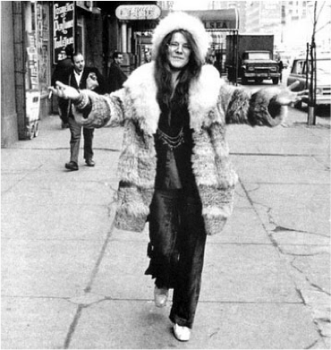
By the 1980s, SoCo was the top imported spirit in the United Kingdom. This popularity didn’t last, however, and despite efforts by the company, interest in the spirit began to fade until the 2000s, when the idea of SoCo and lime was born. This offered a new generation of drinkers the chance to experience what their parents had in the ’60s (with a twist, you might say).
In 2016, Sazerac purchased the brand and made the move to bring the liqueur home to New Orleans while also putting focus back on the whiskey side of things. Last year, the company followed through by releasing a whiskey-forward expression of the liqueur. Sazerac also, thankfully, did away with the SoCo flavors (sorry SoCo Fiery Pepper, you will not be missed) and updated the packaging.
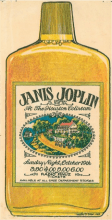
If you’ve been curious and already picked up a bottle of the new SoCo (or are planning to), here are a couple cocktails you can try out!
Thirsty Southerner
- 1.5 oz Southern Comfort
- 1.5 oz dry vermouth
- 3 oz brut Champagne
- 1 dash of Peychauds Bitters
- Lemon twist
Method: Build in flute and garnish with lemon twist.
Marching Saint
- 2 oz Southern Comfort
- 1 oz Cafe Du Monde Chicory Coffee
- 4 dashes of Peychauds Bitters
- 1 large orange twist
Method: Add to mixing glass, twist orange to express oils, and drop in. Add ice and stir for 35-40 seconds. Strain into highball glass filled with ice. Garnish with long peel of orange twist studded with clove.
